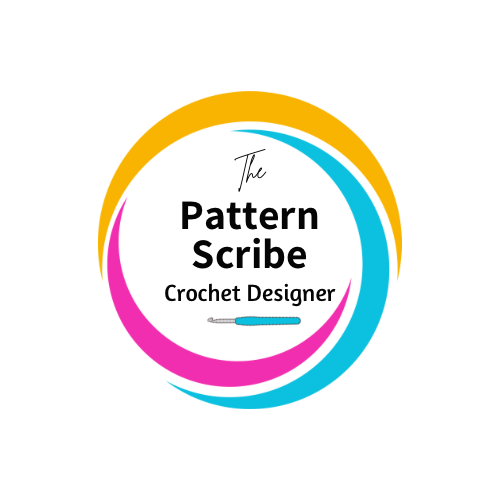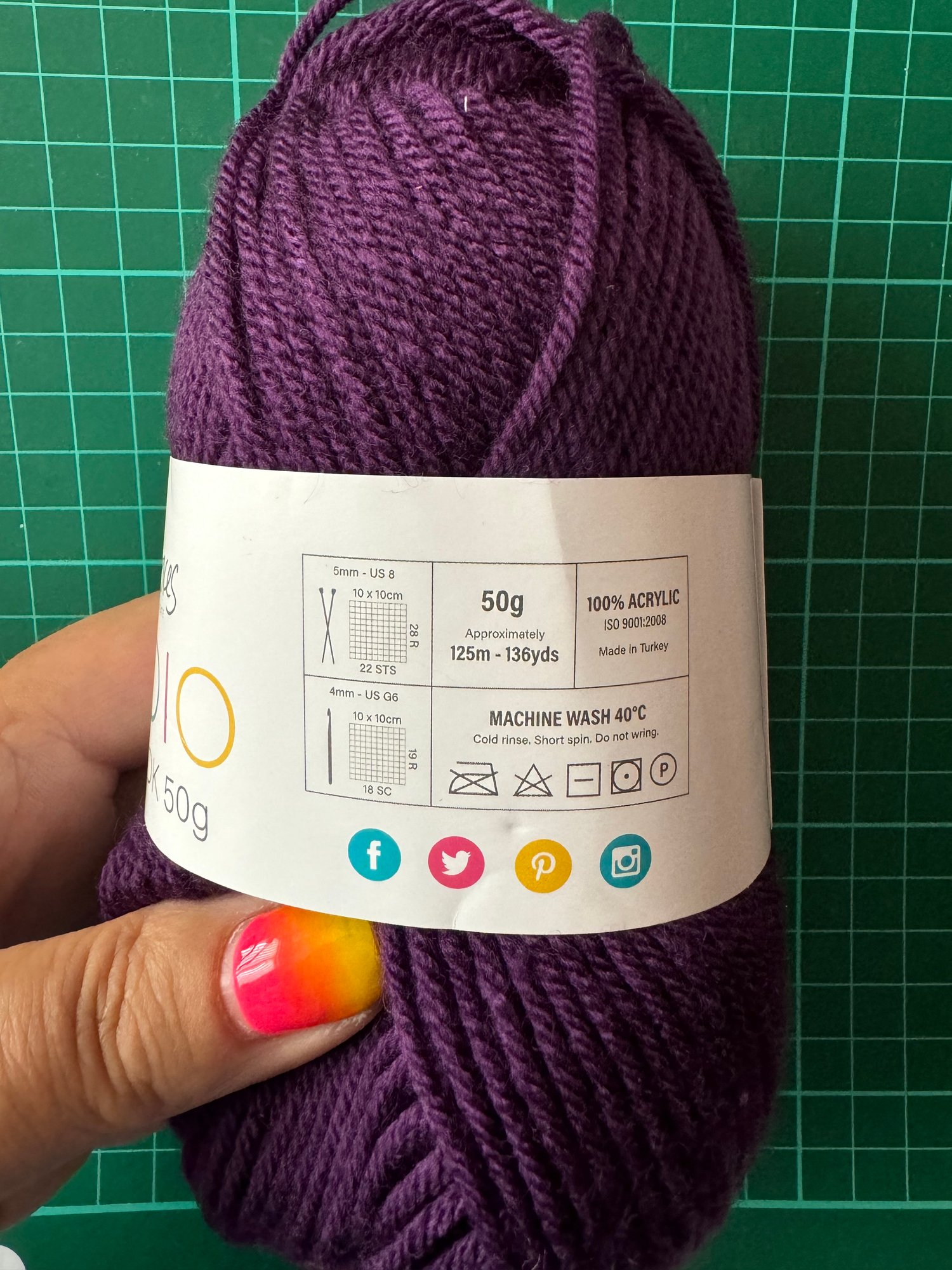In-Depth Guide on Reading Yarn Labels
The soft, colourful skeins you read sometimes look like a tangle of numbers and symbols tied with a thin ribbon on the outside. Nevertheless, knowing how to read a yarn label is important to ensure that what you create turns out as it should. Regardless if you are knitting, crocheting or working on any fibre art — yarn labels contain information that can lead to the best results. Below, I will go through the components of a label that identify what exactly can be found inside.
1. Yarn Weight
Yarn weight is not the thread length, but the rate, ie., yarn thickness of this specific ball of yarn. One important thing it does tell you is what type of project the yarn may be best suited for, and also can give a hint as to needle or hook size.
Common Yarn Weights:
Lace: This yarn weight is very fine and delicate, typically perfect for making shawls as well as lacework.
Fingering: a little thicker yarn, used for lightweight garments like socks
Sport: Slightly heavier for baby clothes and light sweaters.
DK (Double Knit): a popular yarn weight for blankets in the UK.
Worsted/Aran: Common for blankets, scarves and sweaters.
Bulky/Chunky: thicker yarn used to make some winter accessories, and works up fast.
Super Bulky: Made to be even larger, and often specifically for projects like oversized blankets.
Jumbo: The chunkiest yarn, good for arm knitting
2. Yardage/Meterage
This tells you the yardage.
Yardage/meterage: Both measured in yards, or meters — a must-have so you buy enough yarn for your project. When a pattern says 400 yards of worsted weight yarn, you must look up the yardage per skein to find how many of the number of skeins you will need.
3. Fibre Content
The fibre content is key in helping you understand how the yarn will behave and feel, as well as how it can be expected to wear over time.
Natural Fibres: Wool, cotton, alpaca silk bamboo are natural fibres that are porous, and cosy and could also be more expensive.
Synthetic Fibers: Acrylic, polyester, nylon and blends that are frequently less expensive, more rugged and can be labelled a “safer bet.”
Blends: A mix of natural and synthetic that leverages the best properties from them both.
Fibre content, makes an impact on stretchability, drape ability, warmness and life span of the finished piece.
4. Gauge
A gauge is generally a small square made up of numbers that indicate how many stitches and rows are inside 4x4 inches (10x10 cm). This lets you know how spun tightly or loosely the yarn is, which in turn helps match needle/hook size to a given item. The gauge should match so your project ends up the size you want, particularly in garments.
5. Recommended Needle/Hook (Optional)
In most yarns, the label will suggest a needle size that works well with this particular weight of yarn and its gauge. That is a starting suggestion; you will need to adjust your needle or hook size to get the correct gauge for YOUR project.
6. Dye Lot Number
Yarn Dyeing is bulk dyeing known as dye lots. There may be slight colour differences between dye lots. Using the same dye lot number ensures that all of your yarn is from the same batch—which can make a big difference in colour consistency when working on larger projects. When purchasing new yarn you want to pay attention that the dye lot is identical, The colour should also be checked when it comes in pairs or a skein of two.
7. Care Instructions
Care Symbols: There are usually care symbols on a label of yarn which tells you how to wash, dry and look after your finished item. This means it will help you make your project long-wearing.
Machine Washable: Wash with care and usually at specific temperatures (e.g. 30°C).
Hand Wash: This means the material is more sensitive.
Dry Flat: No stretching due to hanging.
Iron/ bleach instructions: Can this be done safely and how?
8. Country of Origin
This is the area where yarn is manufactured. This may not be a direct influence over your project, but some crafters use only yarns from specific countries for reasons of quality and ethical standards or personal preferences.
9. Additional Information
Some labels may contain more data, like:
Pattern suggestions: Every once in a while, you get labels with free patterns which are apt for the yarn.
Yarn name and brand: Useful if you want to buy some more of the same yarn later.
Colour name/number: Handy for when you need to stock up on the same shade.
Conclusion
When reading a yarn label it is not only to learn the technical features of that particular skein but it also helps you comprehend what can be done with your project. If you focus on all elements of the label your creation will look awesome, wear well and last a long time. The next time you look at a skein of yarn, try reading the label also. This is your road map to crafting success and satisfaction.
Are you all fired up to work on your next project? The knowledge of a yarn label is just one side to start your creative journey. Head to The Pattern Scribe for patterns that match your yarn perfectly and expert tips on crocheting your dream patterns. I have all the resources you need to make your next project a winner, whether you are just getting started or a seasoned pro. Explore the newest patterns here and get started today!



Comments ()